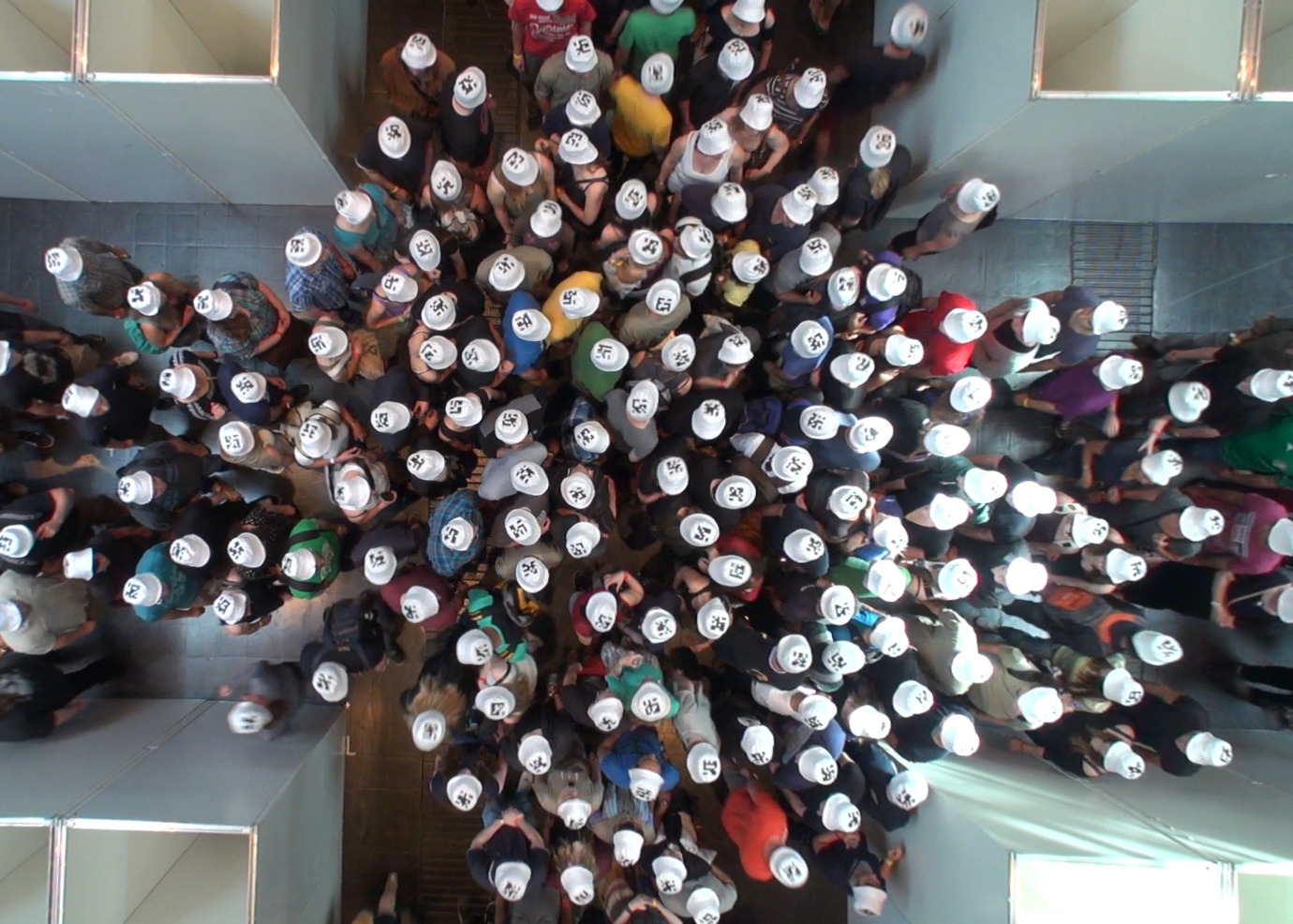ERC Synergy Grant for groundbreaking research on the physics and psychology of crowds

How do crowds suddenly start to queue, form lanes, or huddle together—and what makes them switch from one behaviour to another? An ERC Synergy Grant of 9,4 million euros, awarded to a team of social psychologists and physicists from the Netherlands and Germany, aims to answer that question.
The project, titled CrowdING, brings together three leading researchers: social psychologist Tom Postmes from the University of Groningen, social psychologist Anna Sieben, and physicist Armin Seyfried. Sieben and Seyfried are both affiliated with the Institute for Advanced Simulation at Forschungszentrum Jülich and the University of Wuppertal.
“It’s exciting to work with this team,” says Postmes. “Jülich is a world-leading centre for crowd physics research, and Groningen is a world-leading centre for social science crowd research. Together, we want to bridge two fields that have long existed side by side but rarely in dialogue.”
When physics and psychology meet
CrowdING tackles a fundamental question: how do people in large groups switch from one collective pattern to another? "Existing physical models of pedestrian movement are remarkably advanced—they can simulate how thousands of people move through a station or stadium. Yet, they struggle to explain transitions: how a moving crowd might suddenly start queuing, or how a queue breaks down and people start pushing."
Social psychology, meanwhile, has long studied how people influence each other’s behaviour in groups—but often without considering the spatial patterns that shape these dynamics. “Both disciplines have made major breakthroughs,” Postmes explains, “but they’ve remained worlds apart. Physics ignores the social, psychology ignores the spatial. Crowd behaviour is always both.”
A new way of seeing crowds
The project builds on a recent insight: people can perceive and respond to the shape of a crowd. “Humans recognise the spatial properties of groups—like the outline of a queue or a huddle,” Postmes says. Those shapes can be represented mathematically using so-called Minkowski functionals—measures of area, boundary, and connectivity. “That allows us to describe how a crowd looks, and how those shapes change as people act.”
By combining the physical descriptions of the crowd’s shape with their psychological meaning, the team is able to build a new kind of model: a Social Agent Model (SAM) in which physics and psychology are fused. They expect this model will describe and predict transitions in crowd behaviour.
From experiments to embodied movement
The work is based on existing datasets: Jülich has the world’s largest database of crowd experiments—more than 240 to date, recorded across cultures. CrowdING will add many new experiments, which can involve up to a thousand participants, whose every movement can be tracked with precision.
In an innovative twist, the researchers already collaborated with the theatre company Schweigman& to study the physical crowd experience. “During the grant we will continue to collaborate with mime artists and dancers because they are experts at studying the embodied experience and its effects on perceptions, feelings and the more impulsive or intuitive responses that people can have,” says Postmes. “It’s a fast and precise way of studying crowds from the inside.”
Building a library of collective behaviour
Over the coming years, the team will compile an extensive “library” of crowd repertoires—walking, queuing, huddling—and the transitions between them. Each entry combines a full physical description with a social-psychological account. This database will become the foundation for the Social Agent Model.
The results promise to be both scientifically and practically transformative. “Our models could greatly improve the design of public spaces, transport hubs, and evacuation procedures,” says Postmes. “But the impact goes beyond safety. If we can truly integrate the physics and psychology of crowds, we’ll take a big step toward a unified science of collective dynamics.”
More news
-
23 October 2025
Nine UG researchers awarded Vidi grant
-
07 October 2025
What art does to us
